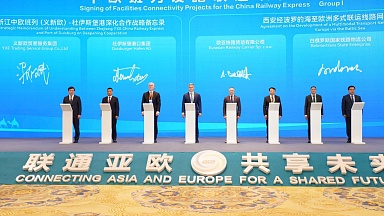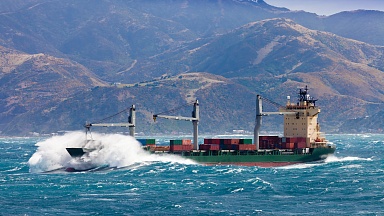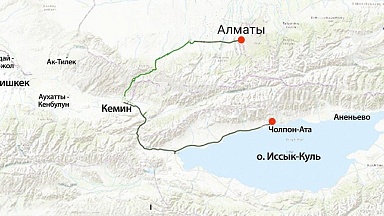For centuries, Eurasia has played a key role in shaping global trade and cultural ties, with transport corridors serving as arteries for the movement of goods, ideas and people, while also defining economic and political development across the continent’s regions. These corridors have undergone multiple transformations over the course of history to reflect the evolving technological landscape, new geopolitical realities and the ensuing economic priorities. The history of Eurasia’s transport corridors has come a long way from the legendary Silk Road to present-day transcontinental routes, remaining a story of continuous development and adaptation to a changing environment.
This paper results from a research project into the way the Eurasian transport framework, or carcass, has changed since the dissolution of the USSR. This is an ongoing process. This analysis takes into consideration the way these transport corridors have affected economic development, efforts to streamline the existing routes and make them more efficient, as well as an assessment of new routes in terms of their potential. The paper adopts a systemic approach whereby transport corridors are treated as complex systems consisting of various modes of transport, including rail, motor vehicles, air transports and other means, as well as the corresponding infrastructure, logistics centres, customs clearance procedures and legislative frameworks. In addition, there is a special emphasis on the interconnected nature of the elements forming this system and its effect on the corridors’ operation.
There has been a sustained interest among researchers, both in and outside Russia, in studying the way Eurasian corridors have been evolving. In fact, concepts relating to building the Eurasian transport framework can be found in a series of papers and reports released by the United Nations, the European Commission, the World Bank, the Asian Development Bank, the Valdai Club, Roscongress Foundation, the Eurasian Development Bank, the Central Asia Regional Economic Cooperation Programme (CAREC), the Coordination Committee for the Development of the Trans-Caspian International Transport Route, as well as many other international organisations and institutions.
The way research papers define terms such as «international transport corridor» (ITR), «transport corridor» and «transport framework» can vary greatly. However, all these interpretations have a common denominator. They all describe transport corridors as avenues for forging closer ties among various countries. While there may be a plethora of diverging definitions and interpretations, this paper relies on the definition of the term «international transport corridor» as outlined in the Transport Strategy of the Russian Federation until 2030 and projections until 2035, as approved by Directive No 3363-r of the Government of the Russian Federation on 27 November 2021. The document reads: «An international transport corridor means an aggregate of routes crossing national territories for transporting passengers and cargo across borders and leading to places of their maximum concentration, as well as all the corresponding technological, organisational and legal aspects for carrying out these operations. International transport corridors include, among others, the West-East and North-South transport corridors, with efforts to develop them designed to enable Russian enterprises and organisations to gain a foothold in foreign markets, increase cargo transits between Asia and Europe across the territory of the Russian Federation, generate higher exports of transport services by promoting connectivity for future economic growth drivers and centres of economic growth in the regions of the Russian Federation.»



